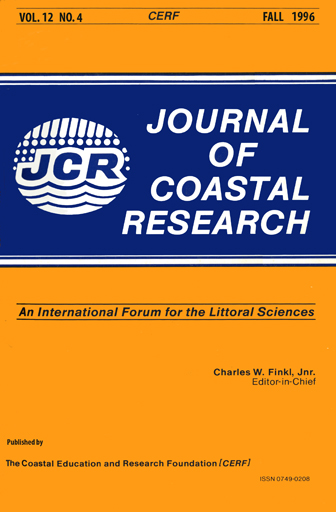Foraging Habitat Use in a Mediterranean Estuary by Dunlin, Calidris alpina
Keywords:
Habitat selection, mud flats, rice fields, shorebirds, SpainAbstract
In the Mediterranean sea tides oscillate only a few meters and water displacement is mainly due to the influence of winds and changes in atmospheric pressure. This makes Mediterranean estuaries an unpredictable system for shorebirds. The causal mechanisms on habitat selection of Dunlin was studied in such system at Ebro Delta, where littoral and rice field habitats were available for shorebirds. Dunlins choose to forage littoral habitats where prey are more abundant showing higher intake rate in this habitat, however, this species also uses rice fields. No differences in microhabitat use and foraging technique was found between habitats, Intake rate and searching speed were lower when high bird density was present in littoral but not in rice fields. Therefore, the use of both habitats can be explained by a combination of density-dependent effects following the "ideal free distribution" model and the unpredictability of water movements that reinforce that effect. The study suggests the importance of rice fields as alternative habitats and that the availability of these alternative habitats could contribute significantly to the maintenance of wintering populations of shorebirds in Mediterranean estuaries.


